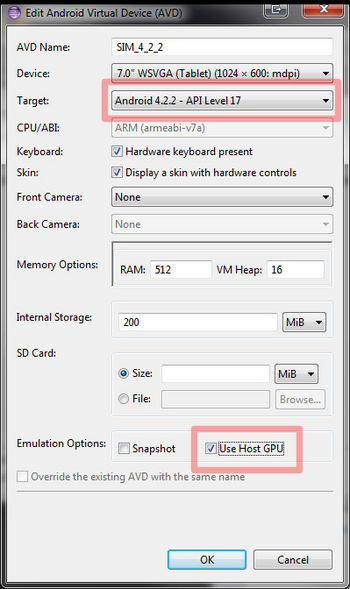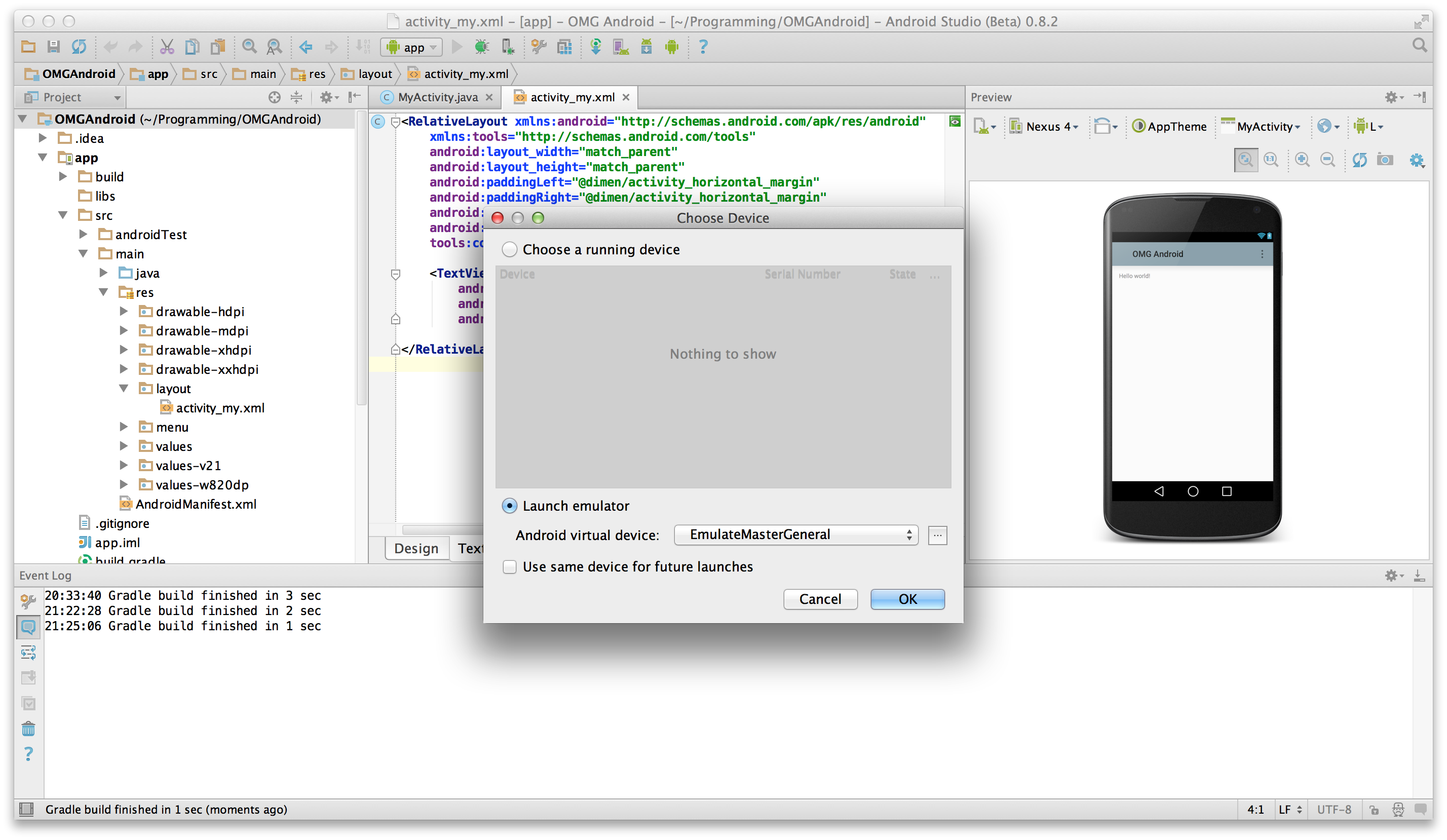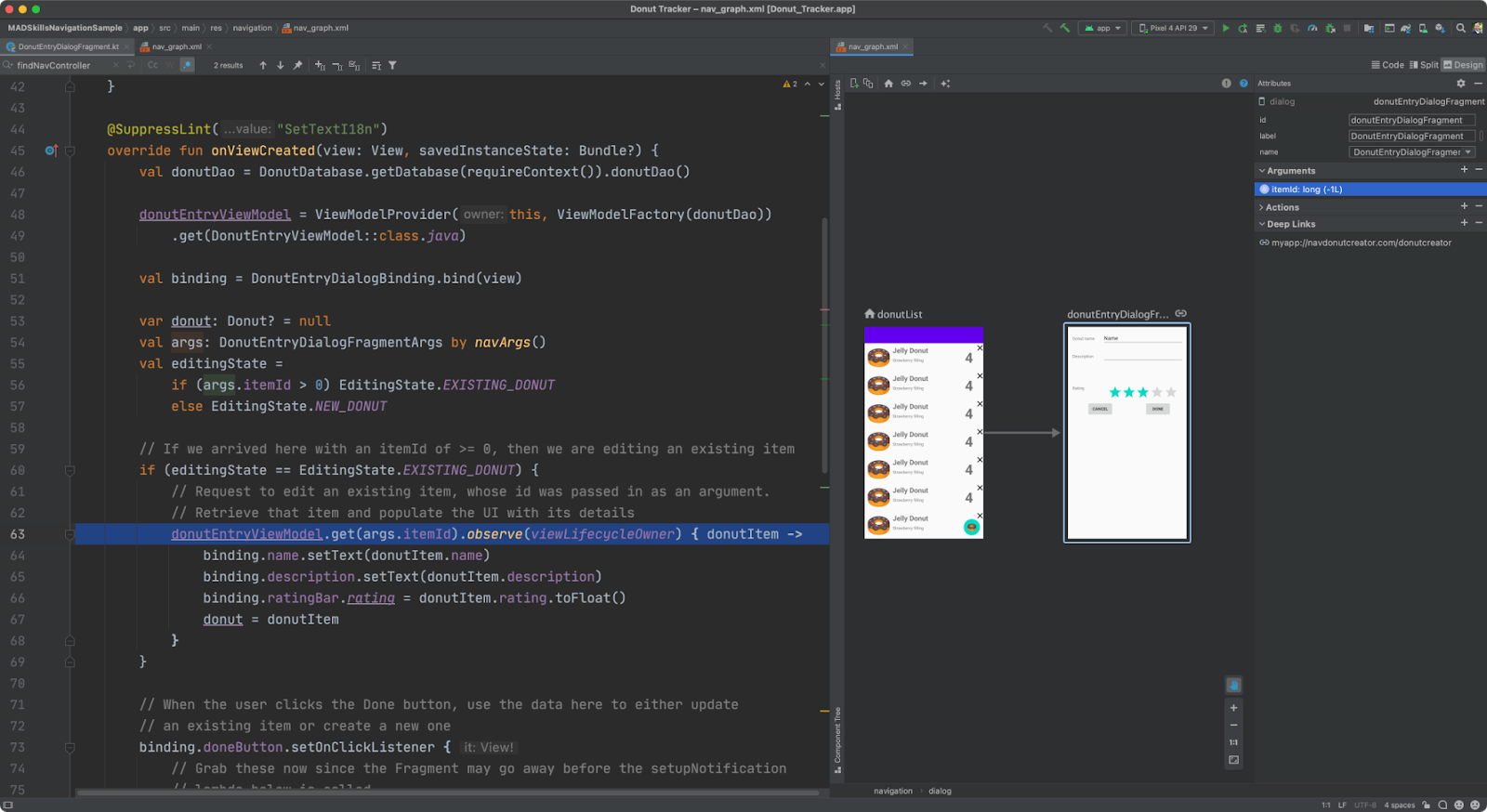

- #RUN EMULATOR ANDROID STUDIO MAC TERMINAL INSTALL#
- #RUN EMULATOR ANDROID STUDIO MAC TERMINAL SKIN#
- #RUN EMULATOR ANDROID STUDIO MAC TERMINAL FULL#

#RUN EMULATOR ANDROID STUDIO MAC TERMINAL SKIN#

#RUN EMULATOR ANDROID STUDIO MAC TERMINAL FULL#
See emulator -help-debug-tags for a full list of tags. It is useful when the emulator cannot be launched correctly. When this option is used, emulator log will be enabled. To run a modifiable emulator, use -no-read-only: $ tools/android/avd/avd.py start \Īvd.py disables the emulator log by default. To have it run with a window, use -emulator-window: $ tools/android/avd/avd.py start \Īvd.py runs the emulator in read-only mode by default. Like the test runner, avd.py runs the emulator in headless mode by default. To shut down the emulator, use adb emu kill.

Note: avd.py start will start an emulator instance and then terminate. This behaves the same as it does for the test runner. Otherwise the emulator won't start correctly.
#RUN EMULATOR ANDROID STUDIO MAC TERMINAL INSTALL#
Note: Before calling avd.py start, use avd.py install to install the emulator configuration you intend to use. To manage emulator lifetime independently, use tools/android/avd/avd.py. The test runner will set up and tear down the emulator on each invocation. To have it run with a window, use -emulator-window: $ out/Debug/bin/run_base_unittests \ The test runner runs the emulator in headless mode by default. avd-config tools/android/avd/proto/generic_android28.textpb \ To have it run multiple instances, use -emulator-count: $ out/Debug/bin/run_base_unittests \ The test runner will launch one instance by default. avd-config tools/android/avd/proto/generic_android28.textpb To have the test runner run an emulator instance, use -avd-config: $ out/Debug/bin/run_base_unittests \ In doing so, it starts the emulator instances, runs tests against them, and then shuts them down. The android test runner can run emulator instances on its own. Or you can use the following on a per-shell basis without logging out: $ su - $USER You need to log out and log back in so the new groups take effect. If your username is not shown in the group, add yourself to the group: $ sudo adduser $USER kvm Use the following command to see if you are in group kvm: $ grep kvm /etc/group You need to have the permissions to use KVM. See this link from android studio for more details and instructions. Make sure KVM (Kernel-based Virtual Machine) is enabled. You can use these configuration files to run the same emulator images locally. Tools/android/avd/proto/generic_playstore_android28.textpb Tools/android/avd/proto/generic_android28.textpb Tools/android/avd/proto/generic_android23.textpb Their configurations are currently stored in //tools/android/avd/proto. These are used by various builders to run tests on the emulator. You need to target the correct architecture via GN args: target_cpu = "x86" # or "圆4" if you have an x86_64 emulator Running an Emulator Using Prebuilt CIPD packagesĬhromium has a set of prebuilt images stored as CIPD packages.


 0 kommentar(er)
0 kommentar(er)
